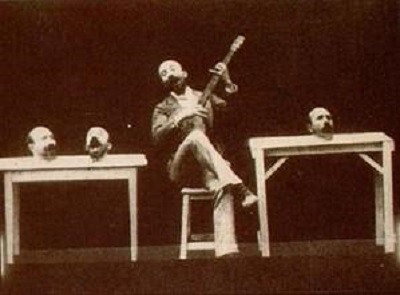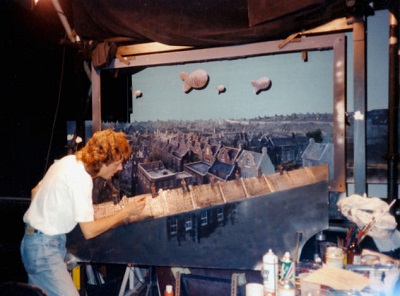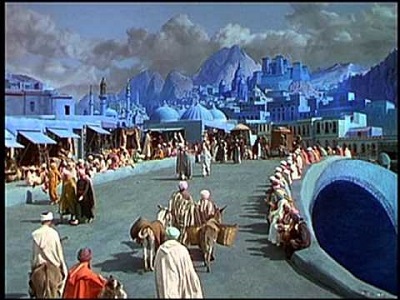Creating the ‘magic’ on screen was always a delight to the audience and the artists. Many artists have always worked continuously to bring in the magic in a more realistic way. They had also worked to make it viable and cost-effective.
Here we tell you how it all started and the important milestones until recent days.
Double Exposures: In the late 1800s, film-making special effects started with the technique of ‘Multiple Exposures’, which left the audience with a magical experience that they had never imagined. In this technique, a part of the film strip will be left unexposed by partly painting the glass over the lens. The film strip against this portion of painted glass will not be exposed to the light hitting it. Then the portion of the glass, which was not painted earlier, will be painted now and the previously-painted portion will be left blank for exposure. Now, the previously blacked out parts of the film strip will be run back through the camera and recorded with fresh shots.
In this way, the first ‘magical’ film 'Four heads are better than one' was made in 1898 by Geoge Melies. In this film, a scene showing his head being removed was a great movie moment that opened up more avenues of possibilities in the film industry.

Glass Painted Shots: In this technique, a piece of glass painted with grand landscapes, any new vista or as an extension of the real environment is kept in between the actor and the camera. As this technique was very expensive and time consuming, artists further explored on techniques of after-shot painting.

Travelling Mattes: As the technique of using glass painting and other such static mattes confined creators from using these techniques only for static shots, a cinematographer named Frank Williams came up with an innovative technique known as Traveling Mattes in 1916. In this technique, a black background was used while shooting. The footage was recorded on high-contrast film. Later, the Special Effects Artists replaced the black background with the required background. This technique is the key behind the idea of modern VFX technology practiced now.
This technique was popularly used in the Hollywood then. “The Invisible Man” of 1933 is the best example for using this technique.

Blue Screen Compositing: Though the use of black screen proved effective for black and white movies, it did not comfort the making of color movies. Larry Butler, a Special Effects Artists invented a special technique called ‘Compositing’. In this, shooting was taken on a blue background and the footage was processed using optical printers to remove the background. Then the desired background was added to the footage.
‘The Thief of Bagdad’ movie in 1940 was the famous movie that used Blue Screen Compositing.
Compositing technique was further improved with the invention of new compositing process involving 12 different compositing elements in 1950, by the Special Effects Engineer Petro Vlahos.

Chroma Key Technique: Developed based on the same techniques invented by Petro Vlahos, Chroma Key technique is the latest and the most imaginative invention that is been used in our modern movies and all VFX footages. This technique has replaced optical printers with computers and has brought in a high-level of precision in making VFX more realistic. It used green or blue color screens as the background of shooting, which was almost completely replaced to green color screens in 1970.

These inventions in VFX show that there is always something better that can be created. Experiment a lot and strive for more to walk close to your own inventions.